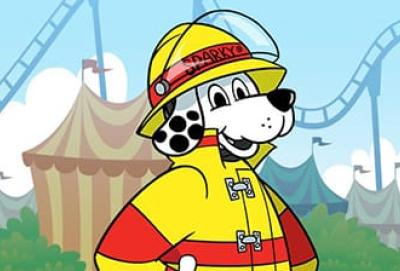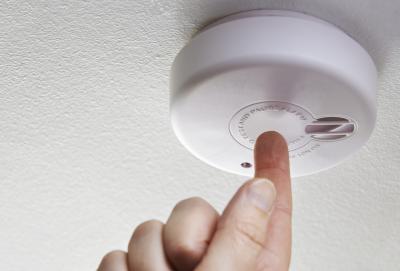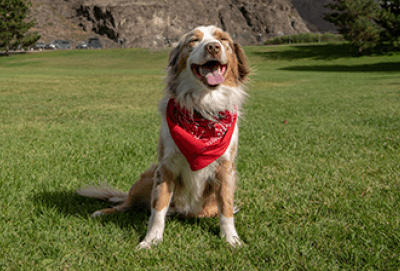If you detect a fire, you must get everyone outside and call 911 immediately. Only then should you attempt to fight a small fire. If the fire becomes too large or is spreading fast, get out!
You should only fight a fire if:
- The fire is small and is not spreading
- Occupants have been alerted
- Everyone has left or is leaving the building
- 911 has been called
- You have a clear escape route that won’t be blocked by fire
- You know how to operate your fire extinguisher
It’s important to note that fire extinguishers are not designed to use on large or spreading fires. Even on small fires they are only effective when:
- Rated for the type of fire being extinguished
- Large enough for the fire at hand
- In good working order, charged and within easy reach
- The operator is capable of lifting, handling and using the extinguisher
According to the Canada Safety Council, many people have a fire extinguisher at home but are unclear on how to use it. You can avoid this by teaching everyone living in your home how to use a fire extinguisher and reminding them where they are kept.
Selecting a Fire Extinguisher
If you do not have a fire extinguisher, you should get one immediately. In fact, fire protection experts recommend that you have at least three fire extinguishers in your house—one for the kitchen, one for the basement, one for the garage. In addition, you must have the right type of fire extinguisher. Here’s how to distinguish between the types (the fire extinguisher ABCDs):
- Class A – for ordinary combustibles such as paper, wood, drapes, upholstery
- Class B – for flammable combustible liquids such as fuel oil, gasoline, paint, frying pan grease and solvents
- Class C – for electrical fires involving equipment such as appliances, wiring, overheated fuse boxes, conductors or other electrical sources
- Class D – for metals such as magnesium, potassium, sodium and items that could be found in a chemical lab
- Numbers are also used in combination with the letters for Classes A & B; the larger the number, the larger the fire that can be extinguished
There are a few more letters you need to know when buying your fire extinguishers. Be sure to look for “ULC” on the label because it must be tested and listed by The Underwriter’s Lab of Canada (ULC). The ULC is an independent product safety testing, certification and inspection organization, which is accredited by the Standards Council of Canada and International Accreditation Service, Inc.
A multi-purpose extinguisher labelled ABC, will put out most types of small fires.
Using a Fire Extinguisher
To operate your extinguisher, remember to P-A-S-S (Pull, Aim, Squeeze, Sweep):
- P - PULL out the locking pin
- A – AIM the nozzle horn or hose at the base of the fire, about three metres (10 feet) from the fire
- S – SQUEEZE the trigger handle all the way
- S – SWEEP the material discharged by moving from side to side, front to back, across the base of the fire until it appears to be out.
Keep your eyes on it—even if you think it’s out—and repeat if it starts again. Don’t walk away thinking it’s out, as the fire could appear to be out then reignite.






